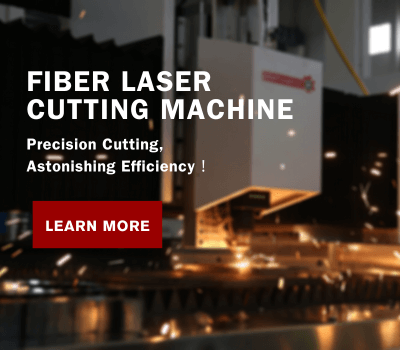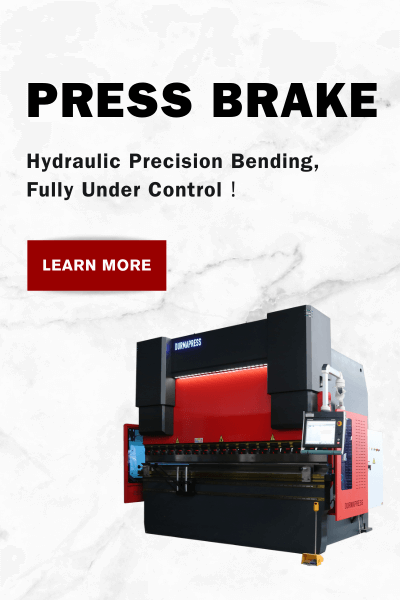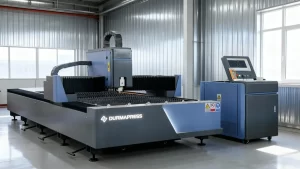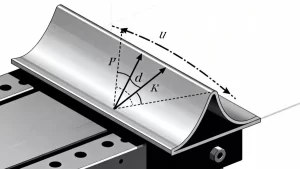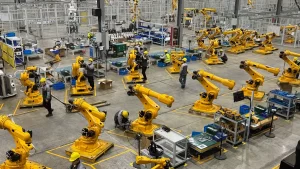
What is a Press Brake die?
Metalworking dies play a crucial role in industrial production. They are indispensable tools in the manufacturing process and find widespread applications in various fields such as automotive, electronics, aerospace, and more. The design, manufacturing, and application level of dies directly affect product quality and production efficiency. Therefore, in-depth research and exploration of the diversified applications of metalworking dies are highly important.
A bending die is a tool used in metalworking, specifically designed to bend metal materials into desired shapes on a press brake or bending machine. They are typically made of wear-resistant alloy steel and possess specific shapes and dimensions to accommodate the bending requirements of different shapes and sizes of metal parts. The primary function of bending dies is to provide support and positioning, ensuring the stability of metal materials during processing and ensuring the accuracy of the desired bending angles and shapes.
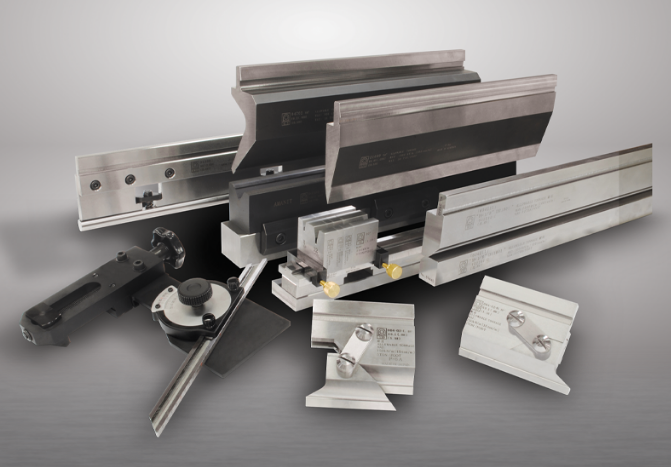
What are the types of press brake dies?
There are various classifications of dies, generally categorized based on their roles in the machining process as upper dies and lower dies. Upper dies are primarily used for pressing, cutting metal materials, and other machining operations, while lower dies are mainly used for supporting and positioning metal materials to ensure stability and precision during processing. In metalworking processes, the main machining functions are performed by upper dies. For example, sharp cutting dies are used for cutting metal sheets, arc dies are used for forming bends or arcs, and bending dies are used to bend metal materials into desired shapes. Forming dies are also commonly used as upper dies to stamp metal sheets into specific shapes, such as automotive body panels. Correspondingly, the role of lower dies is to support and position metal materials to ensure stability and precision during processing. Lower dies come in single-V, double-V, and multiple-V types, with different shapes and structures to handle various shapes and sizes of metal materials. By providing support and positioning for lower dies, it is possible to effectively control deformation and errors during metalworking processes, thus improving machining accuracy and quality.
Specific types of upper dies
Shearing dies: Shearing dies are widely used in the cutting and stamping processes of metal materials. In addition to general stamping parts, they can also be used for cutting non-metal materials such as plastics and rubber.
Arc dies: Arc dies are essential for forming curves and arcs in metal materials. They are used not only for automotive body surfaces but also for areas requiring curved parts such as furniture and architectural structures.
Bending dies: Bending dies play a crucial role in sheet metal bending and are commonly used in various industries such as aerospace and construction, which require manufacturing parts with irregular curves and angles.
Forming dies: Forming dies are widely used in industrial fields such as automotive manufacturing to stamp metal sheets into various specific shapes of parts, such as body parts and engine parts.
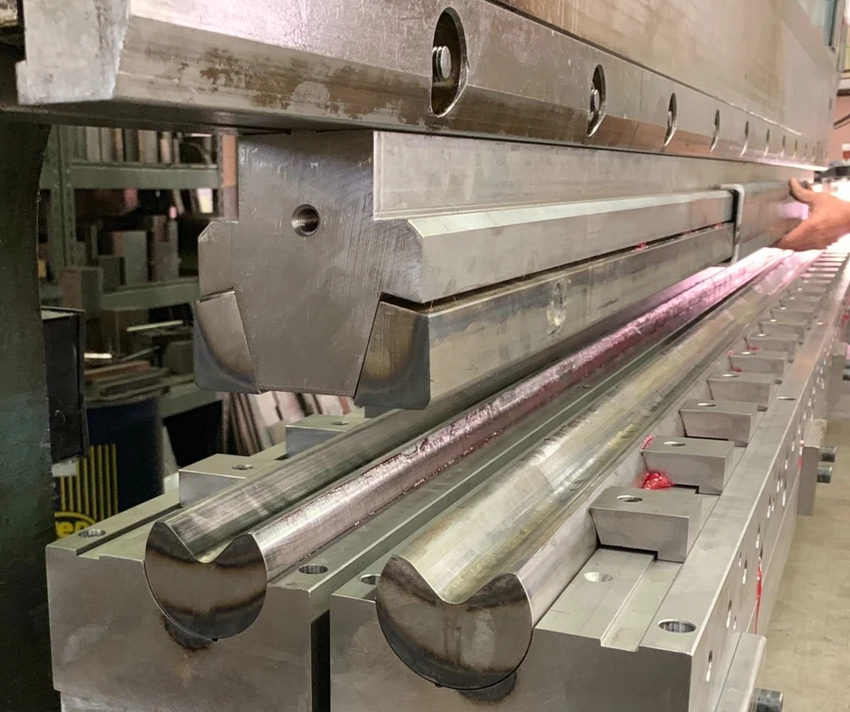
Specific types of lower dies
- Single-V dies: Single-V dies are commonly used for processing metal materials with simple shapes, providing basic support and positioning functions suitable for simple stamping and cutting processes.
- Double-V dies: Double-V dies offer higher precision and stability than single-V dies and are suitable for occasions requiring high-precision processing, such as manufacturing precision equipment parts.
- Multiple-V dies: Multiple-V dies provide greater flexibility and can adapt to the processing needs of complex-shaped metal materials such as pipes and profiled materials. They provide more support points to ensure the stability and precision of materials during processing.
The Difference and Characteristics between Single and Multi-Purpose Dies
Single Dies
- Strong specificity: Single dies are designed for specific machining tasks and can usually only accomplish a single function or process for a particular shape.
- Relatively lower production efficiency: Each die can only perform one or a limited number of machining tasks, requiring the replacement of different dies for different processes, thus leading to lower production efficiency.
- Relatively lower cost: Due to their singular function, the manufacturing and maintenance costs of single dies are relatively lower.
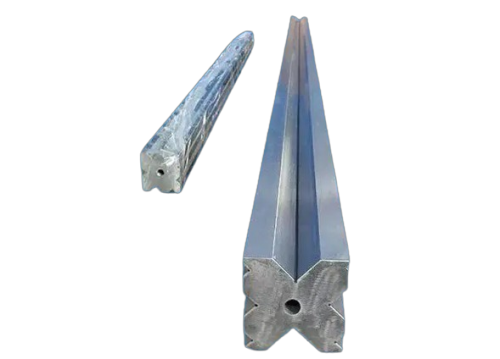
Multi-Purpose Dies
- Strong specificity: Single dies are designed for specific machining tasks and can usually only accomplish a single function or process for a particular shape.
- Relatively lower production efficiency: Each die can only perform one or a limited number of machining tasks, requiring the replacement of different dies for different processes, thus leading to lower production efficiency.
- Relatively lower cost: Due to their singular function, the manufacturing and maintenance costs of single dies are relatively lower.
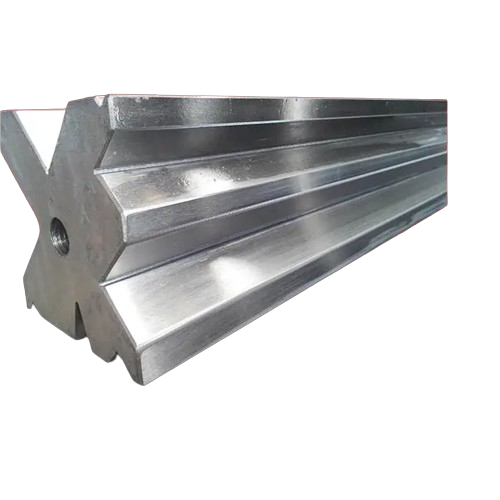
Integration with press brake
- Bending Dies: These are one of the most commonly used dies in presses for bending sheet metal into a desired shape along a certain axis. Whether the press is manual, hydraulic or CNC controlled, it needs to be equipped with suitable bending dies to accomplish the bending of the sheet metal.
- V-Dies: V-Dies are one of the key accessories used in presses for bending sheet metal. Whether the press is hydraulic or CNC controlled, V-Dies are an important part of achieving high precision bending.
- Cutting Dies: Cutting dies are used to cut sheet metal in presses, usually in conjunction with cutting presses such as shears and punches, to achieve efficient sheet metal cutting.
- Forming Dies: Forming dies are key accessories used to press sheet metal into a desired shape and are widely used in hydraulic and CNC presses. Used in conjunction with a press, they enable high-precision shape processing to meet the needs of parts of different shapes and sizes.
- Arc Dies: Arc dies are used in presses to create curved parts, such as automotive body parts. Whether the press is manual, hydraulic or CNC controlled, it needs to be equipped with the appropriate curved dies to achieve curved shapes.
- Angle Dies: Angle dies are used in presses to form parts with a specific angle or bevel. Whether hydraulic or CNC presses, they need to be equipped with suitable angle dies to achieve angular processing.
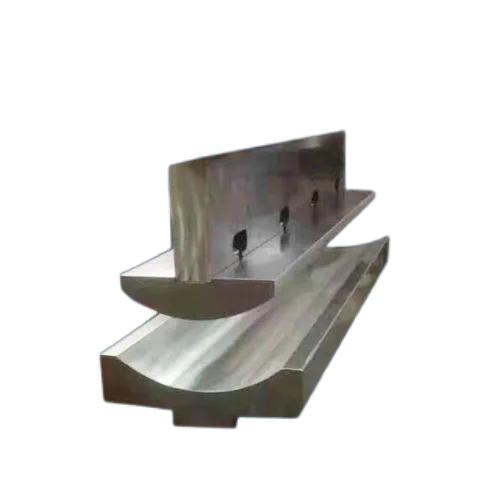
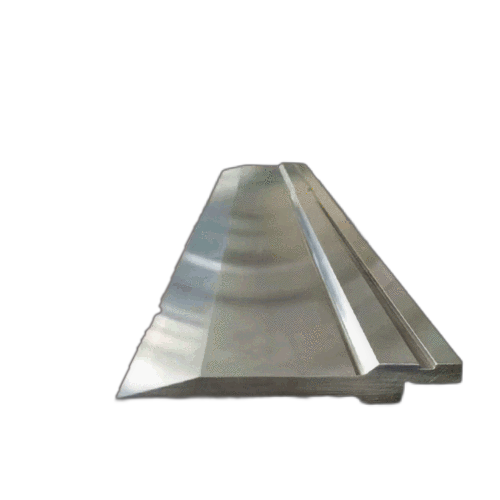
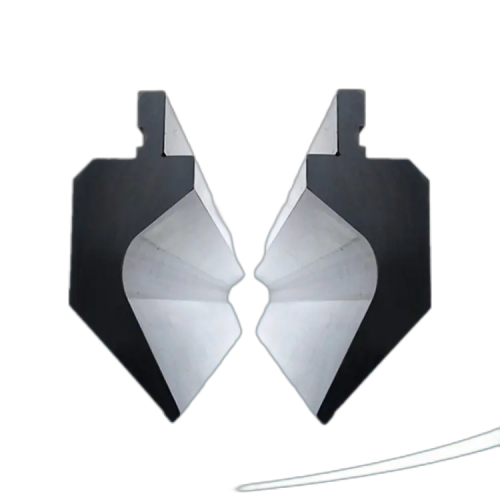
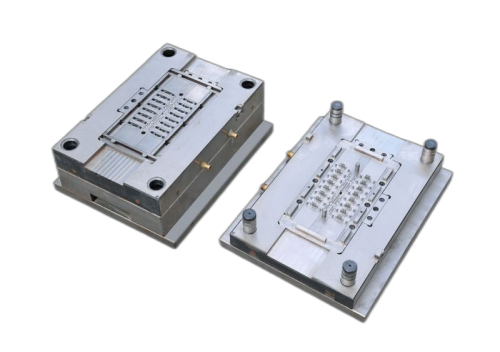
Trends in tooling technology
- Intelligent: toolings will increasingly use intelligent technologies such as sensors, data collection and analysis to enable intelligent monitoring and optimization of the machining process.
- Automation: To improve production efficiency and product quality, automation technologies such as automatic toolingchange system and automatic parameter adjustment are more frequently used in the process of tooling manufacturing and usage.
- CNC machining: CNC machining technology makes toolingdesign more accurate and manufacturing more efficient, while also allowing toolings to process complex shapes and structures.
- 3D Printing: 3D printing technology allows for rapid customization and rapid prototyping. This is important for making toolings of specific shapes and for small batch production.
Wide range of applications
- Improve production efficiency: Metal processing toolingscan greatly improve production efficiency. The use of toolings can achieve mass production and shorten the production cycle, thus reducing production costs and increasing output.
- Ensure product quality: the quality of tooling design and manufacturing directly affects the quality of the final product. The use of high-quality toolingsensures consistent product size, shape and surface quality, improving product quality and market competitiveness.
- Achieve complex shapes and structures: Metal working toolingscan produce a variety of complex shapes and structures. These shapes and structures are often difficult to realize using other processing methods. For example, automotive parts, aerospace parts, electronics, and a variety of other complex structures are achieved through tooling machining.
- Raw Material Savings: Tooling processing minimizes raw material waste. toolingscan accurately control the use of raw materials, minimizing waste and increasing the efficiency of raw material utilization.
- Adapt to mass production: metal processing toolingsare very suitable for mass production. Once the tooling is designed and manufactured, it can be reused to meet the needs of mass production and provide long-term economic benefits for the enterprise.
Conclusion
Single and multi-functional toolings each have their own advantages and applicable scenarios. In the metal processing process, the use of various types of toolings can improve production efficiency and product quality, but also need to choose the right tooling according to the processing needs and production scale. The diverse applications of metalworking dies include, but are not limited to, sharp tooling dies, curved tooling dies, curved tooling dies, forming dies, and more. These can be used for a variety of machining operations such as stamping, cutting, bending and toolinging. , to meet the needs of various industries and on-site processing. The use of different types of toolings can improve productivity and product quality and promote industrial production.
About Us
Durmapress specializes in designing, manufacturing and selling various metal processing equipment, including bending machines, shears, punches, laser cutting machines, etc. The company was founded in 2000. With years of experience and technology accumulation. DurmaPress has become one of the well-known brands in China's metal processing machinery industry.
Contact Us
Recent Posts
Categories
Follow Us
Weekly New Video
Contact us for more information
If you have any information about our products, please contact us and we will reply within 24 hours.
